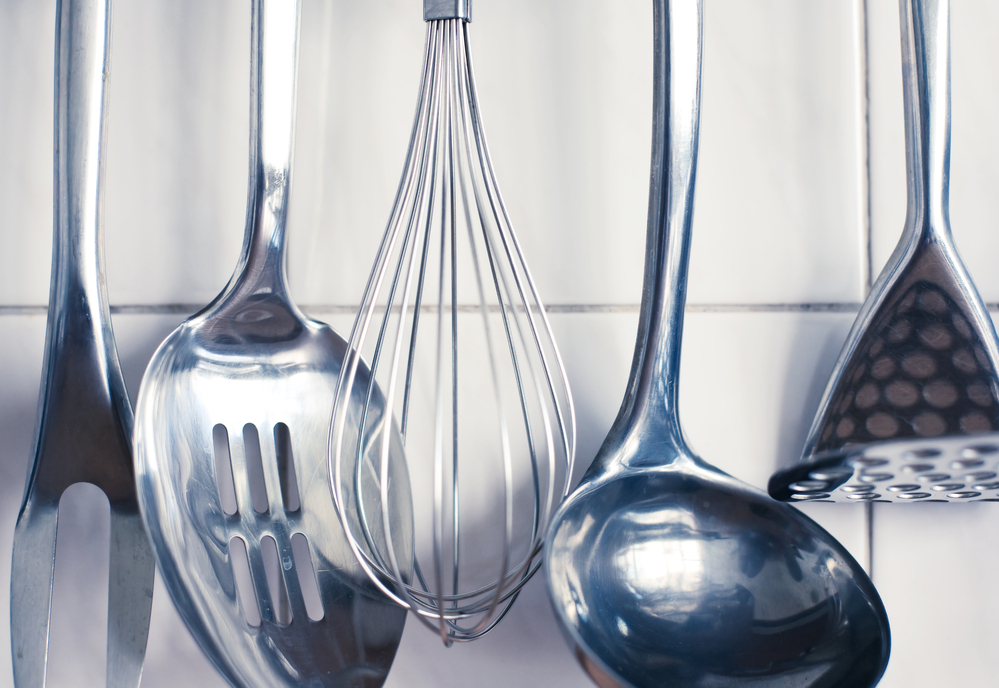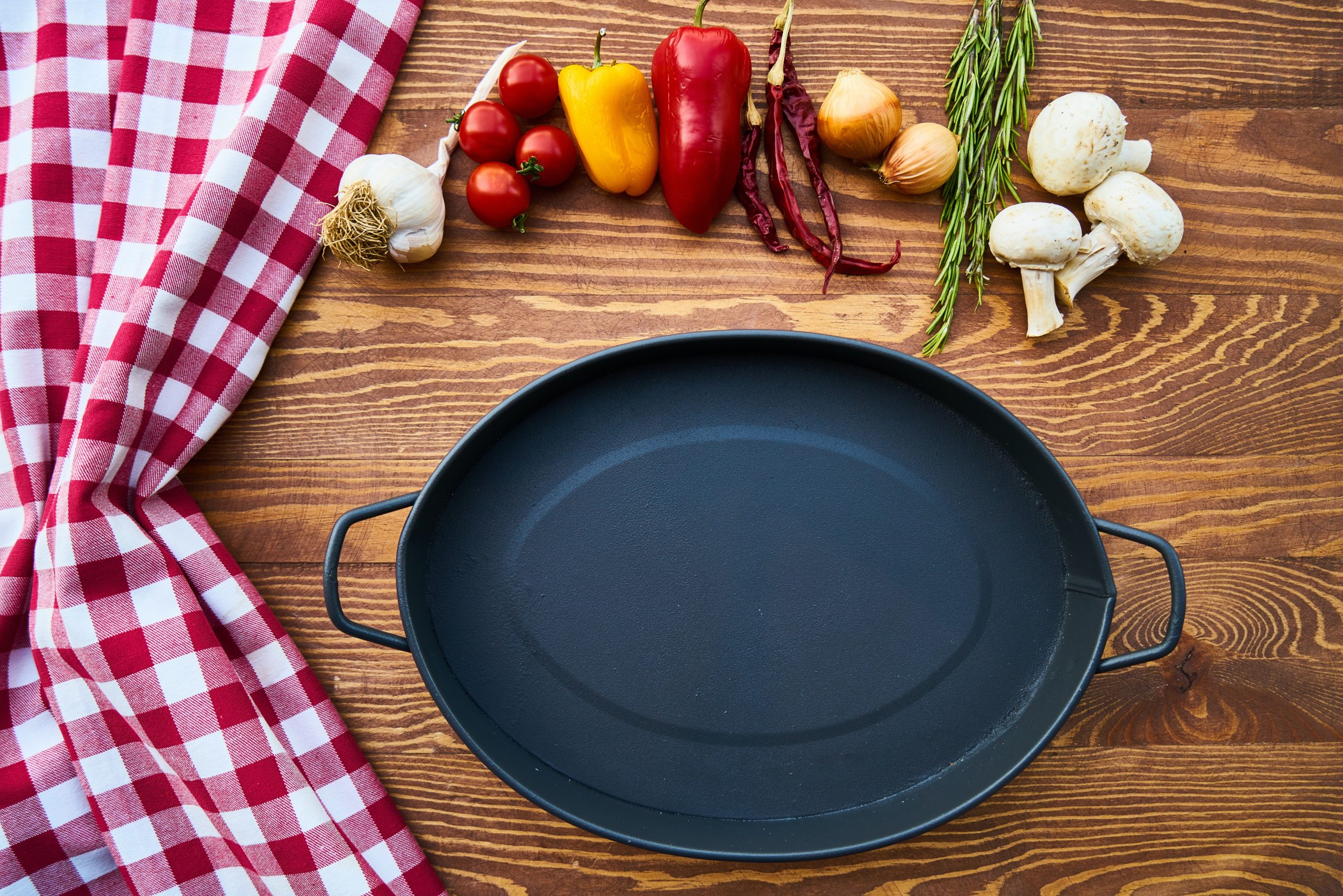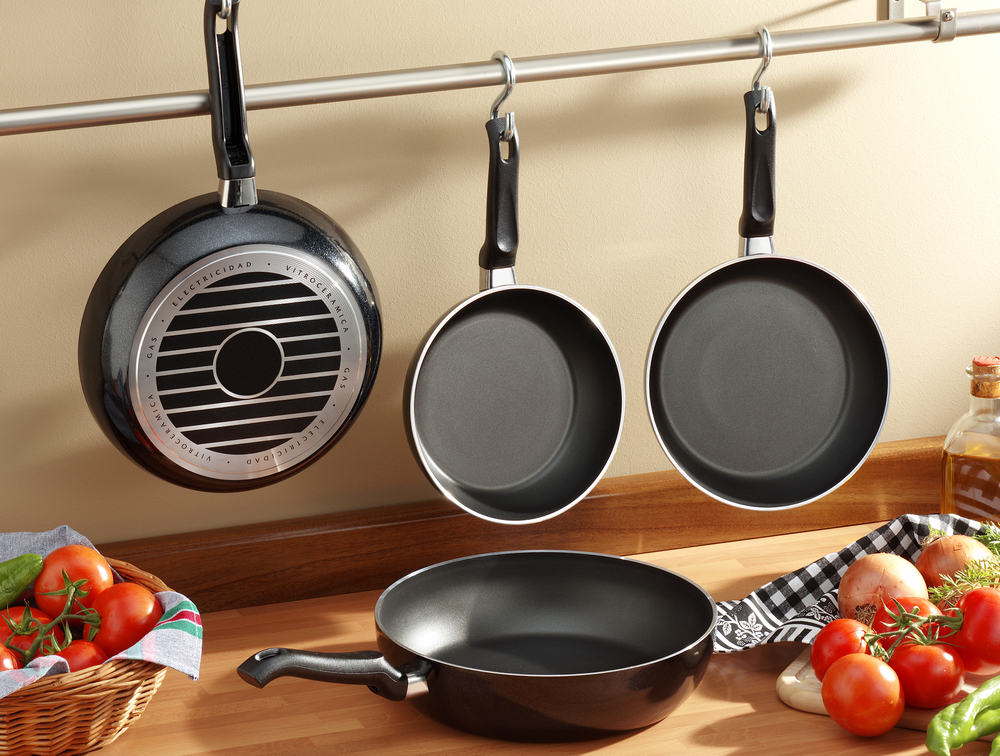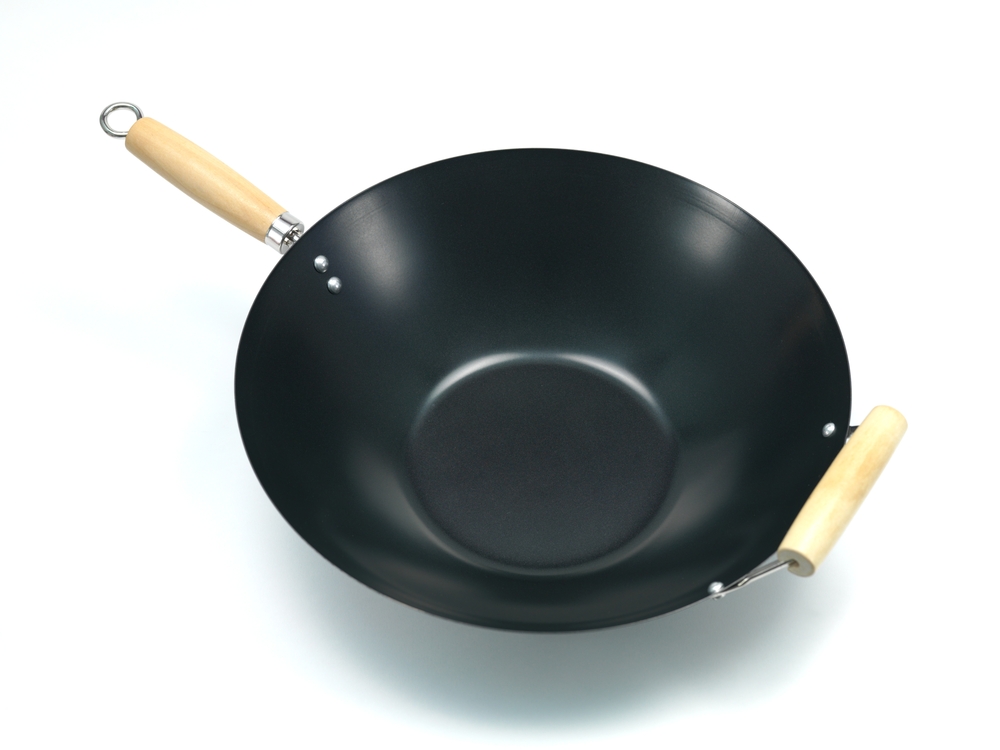What are the appropriate ways to use PAM Cooking Spray? The pros and cons? And is it safe for the spray to come into direct contact with food?
We’ll be getting into that in today’s article, as well as sharing some fun facts you might not know.
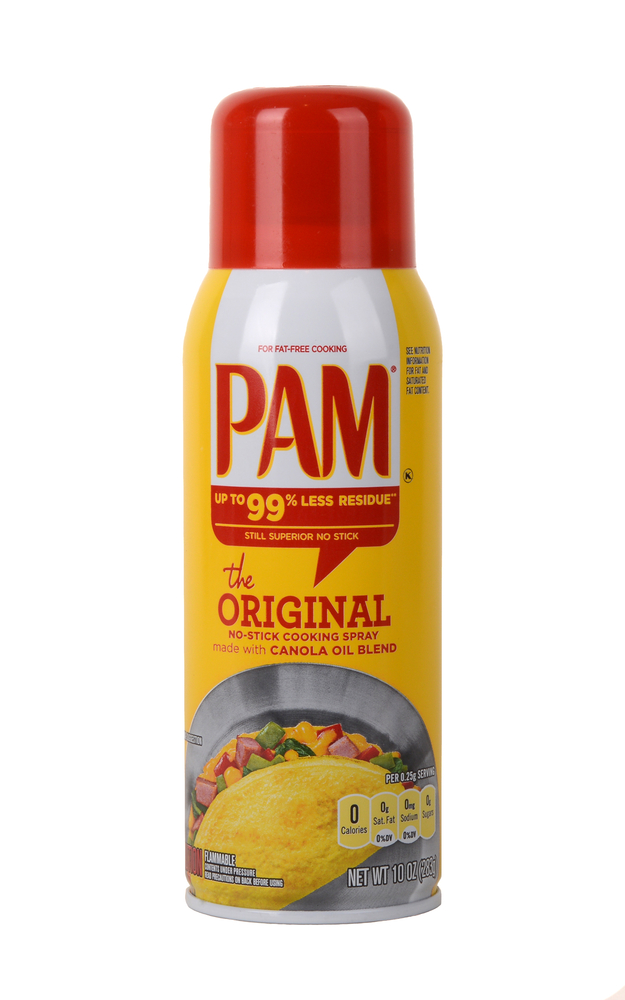
What is PAM Cooking Spray?
You’re no doubt at least somewhat aware of PAM cooking spray. Nominally a zero-calorie spray that comes in various flavors that can help enrich food.
However, it’s most known for its utility, as it’s able to keep food from sticking to pans. Most people, therefore, use it on their pans, but is spraying it on the food itself safe?
This cooking aide dates back to the 50s and you’d likely never guess what the name stands for. It’s actually an acronym for Product of Arthur Meyerhoff, thusly named after its inventor.
Similar sprays exist but PAM, as it’s normally stylized, is likely the most famous of its kind.
- Product of United States of America
- Cooking Spray
- Fat Free
- Don Johnson, Philip Michael Thomas (Actors)
Can You Spray Pam Directly On Food?
In general, the answer is yes. PAM cooking spray’s contents are safe for consumption. A lot of food can be enhanced by making use of it in this way.
PAM is at its heart a simple vegetable oil. And keep in mind that if you’re spraying it on pans as it is, the food is already touching it.
It’s effectively the same thing as spraying it on the food, it’s just often more useful that way.
So while there’s nothing wrong with spraying the food with PAM, it’s still recommended that you spray the pan itself. This is because food like cakes or bread can often stick to the pan otherwise.
But with the help of PAM or other cooking sprays like it, they tend to slide right off. So they’re not only easier to remove but do so in one piece as well.
There are however some situations where PAM is not recommended at all. We’ll get into some of those as we look into the pros and cons of making use of the spray.
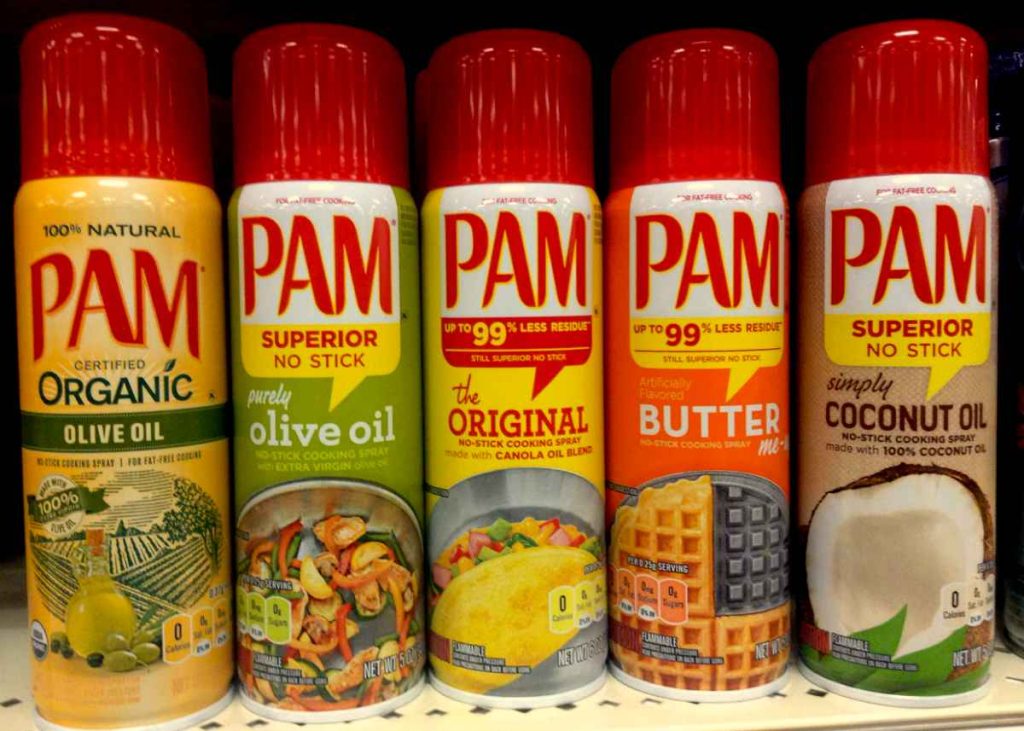
Advantages And Disadvantages Of Using Pam Cooking Spray
Advantages
- Little to no stickiness, and easy separation between the food and the pan
- Low-fat, low-calorie alternative to things like butter or olive oil
- Helps create even, consistent coating for baked goods
- Can prevent water from boiling over
- Very good at holding parchment paper in place
- Can be used on a cheese grater for a smoother grating
- Can also be used in measuring cups, helpful for otherwise sticky ingredients
Disadvantages
- Doesn’t bring out much flavor in meats and vegetables due to neutral oils
- Those with soy allergies will want to stay away, most cooking sprays contain soy lecithin
- Will create a crust at the bottom of baked goods, which isn’t always ideal
- A no go for anyone trying to avoid GMOs
- Can’t be used with non-stick pans (More on this later)
Frequently Asked Questions
What Is The Difference Between Cooking Spray And Cooking Oil?
While they seem similar at a glance, their makeup and uses are fairly different.
Cooking spray, as we’ve discussed at length, is more used for its practicality than for taste. It’s a great lubricant and can be helpful in many steps of the cooking process.
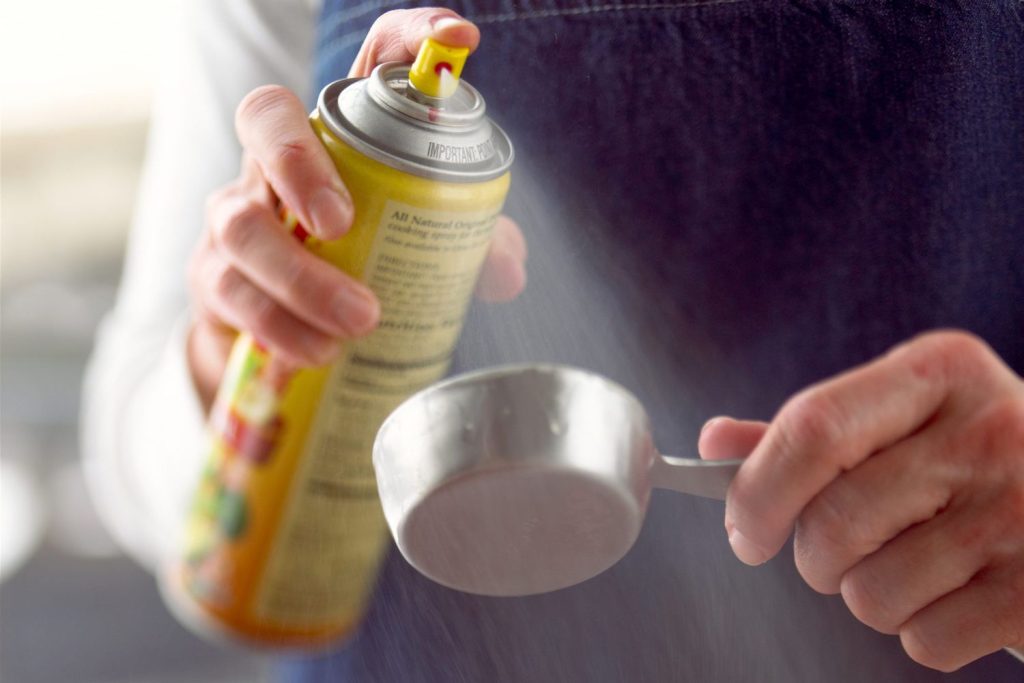
However, PAM cooking spray in its most typical form isn’t known for enhancing flavor. It’s more useful for affecting the consistency of foods, baked goods especially.
Compare this to cooking oils which are much more frequently used purely to enhance the taste.
Cooking oil at its core is just purified fat from a plant, generally seen in liquid form at room temperature. While it packs considerably more calories, cooking oil is a favorite to many for its added flavor.
Finally, you can actually use both of them together if you’d like. Mixing vegetable oil and canola oil actually works quite well!
Which Of The Two Is Safer At High Temperatures?
Cooking oil is known to be unhealthy if heated to a certain temperature. The threshold for this varies and is generally stated as a warning on the label.
Therefore, it’s important to weigh that threshold against the temperature needed for whatever you’re cooking.
Cooking spray on the other hand doesn’t really have that concern, as it’s merely a fine mist.
That being said, both are quite flammable, especially cooking spray. If you’re barbequing, be careful to keep them away from open flames.
Can You Use Cooking Spray On An Air Fryer?
It’s highly advised that you do not do this. Using a non-stick spray on the basket of an air fryer is known to damage it’s coating. Doing so can actually make the pan unsafe to use, so definitely be mindful of this.
Keep in mind that the basket of an air fryer already has a non-stick coating, so it’s not necessary anyway. However, spraying the food directly before placing it in the air fryer isn’t seen as a big cause for concern.
Can You Use Cooking Spray On A Non-Stick Pan?

Similar to the air fryer scenario above, this is a very bad idea. Again, it’s already non-stick to begin with, so it shouldn’t be needed for its usual purpose.
But beyond that, cooking sprays and oils heat up immensely when cooked. And they tend to sear to such a degree that the coating wears off.
It’s said that an invisible build-up will form on a non-stick pan, which will ultimately ruin it.
Ironically, this means that putting non-stick spray on a non-stick pan will make it much stickier in the long run. Life is funny that way sometimes…
Conclusion
Using cooking spray directly on food isn’t a problem. There are no health issues to speak of as far as that goes. However since it’s highly flammable in spray form, make sure you’re only spraying it BEFORE it starts cooking.
Definitely do not spray it during the cooking process, that’s a vital thing to note.
That being said, PAM cooking spray is much more known for its use around food. Not so much being sprayed directly on it. So it’s generally recommended that you use the tried and true method of spraying the pan down instead.
But, if you want to spray the food itself for one reason or another, go for it! Now you know the do’s and don’ts of cooking spray.






